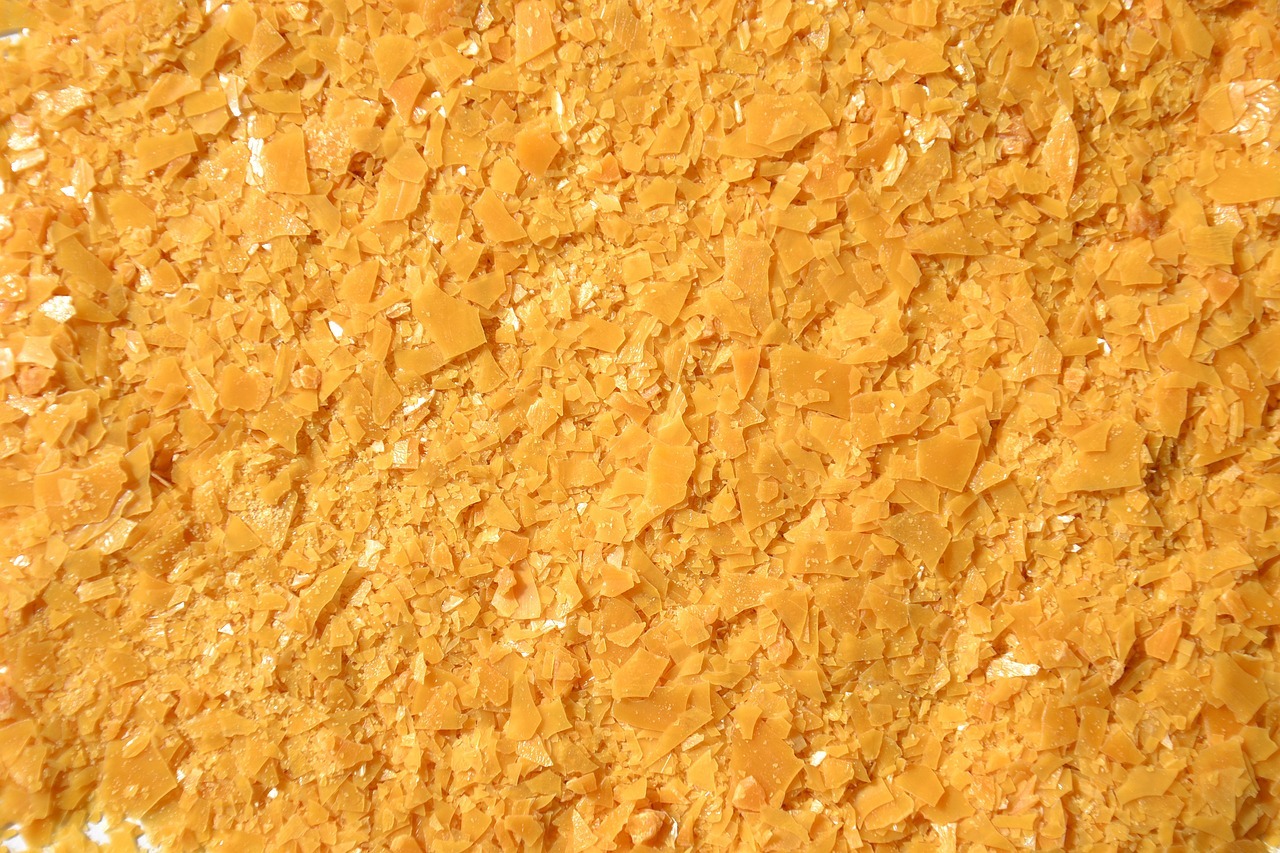When it comes to waxes used in cosmetics, some have very obvious origins, like beeswax. Beeswax very obviously comes from bees. However, some waxes are a little more difficult to identify, especially when they use their scientific name instead of their common one. However, sometimes even their common names leave a little more mystery than those with sensitive skin would like. One of the more common examples of this is copernicia cerifera, more commonly known as carnauba wax. Both its scientific name and its common name mean basically nothing if you have never researched it.
What is Carnauba Wax?
Carnauba wax comes from South America. It is the wax that is harvested from the leaves of the Brazilian tropical palm tree. If you are concerned about sustainable harvesting when it comes to cosmetic ingredients from South America, rightfully so since rainforest is often destroyed to plant and harvest these materials in mass, then you can rest assured. The Brazilian palm tree is actually a native plant and while some do farm it, it is found fairly commonly around the northern bit of country so there is less of a need to set up massive farms for it. It is also worth noting that it is also only exported from Brazil so you aren’t seeing rainforest destruction in other countries like Indonesia to produce it like with palm oil.
Furthermore, carnauba wax is harvested by removing the leaves from the tree, drying them, then beating the wax off the leaf. Farmers only harvest at most 20 leaves during the season from each tree so that they aren’t actually killing it either.
Out of all the plant waxes used in cosmetics, carnauba wax is the hardest of the bunch. It is tough and amorphous that makes it more difficult to smudge, but also pretty difficult to work with. The same Brazil wax you might use to wax your car is actually the same wax in your cosmetics, but in cosmetics, it is used in much smaller amounts.
What is Carnauba Wax Used for in Cosmetics?
Plant waxes like carnauba wax are typically used as a thickening agent in cosmetics. As carnauba wax is so durable, it is great for holding all other ingredients together without making them too malleable. Most often, I’ve encountered this ingredient in lipsticks, but it can be used in anything that has a sturdy, yet vaguely waxy or creamy texture like eye liner, mascara, cream eye shadow, and stick foundations or concealers.
Not only can this wax help lipstick hold its shape, but it allows for a smooth application, and when it sets, it adds that coveted glossy look. As it also has a very high melting point, which helps prevent your cosmetics from turning to slush in very hot environments.
Is Carnauba Wax Safe for Sensitive Skin?
While the fact that your car wax and carnauba wax are actually one in the same might scare you off, it is actually completely safe. In fact, if you are allergic to beeswax, this can be a great alternative. As a natural product, is it also a non-toxic and hypoallergenic wax. Although it cannot be digested by the body, it isn’t toxic to eat it. You would need to scarf down a whole bunch of it, vastly more than is present in any cosmetic, to experience any digestive issues. In all truth, it is used in a lot of processed foods as well, but it is still just as harmless.
It is very much the same for skin. The only potential problem you could have with it is that because it is so smudge and waterproof, it can trap the cosmetic ingredients that are harmful to you close to your skin. This can make getting them off without a makeup remover more difficult, but still not impossible. On its own, this hypoallergenic wax is actually a pretty big boon to those with sensitivities.

